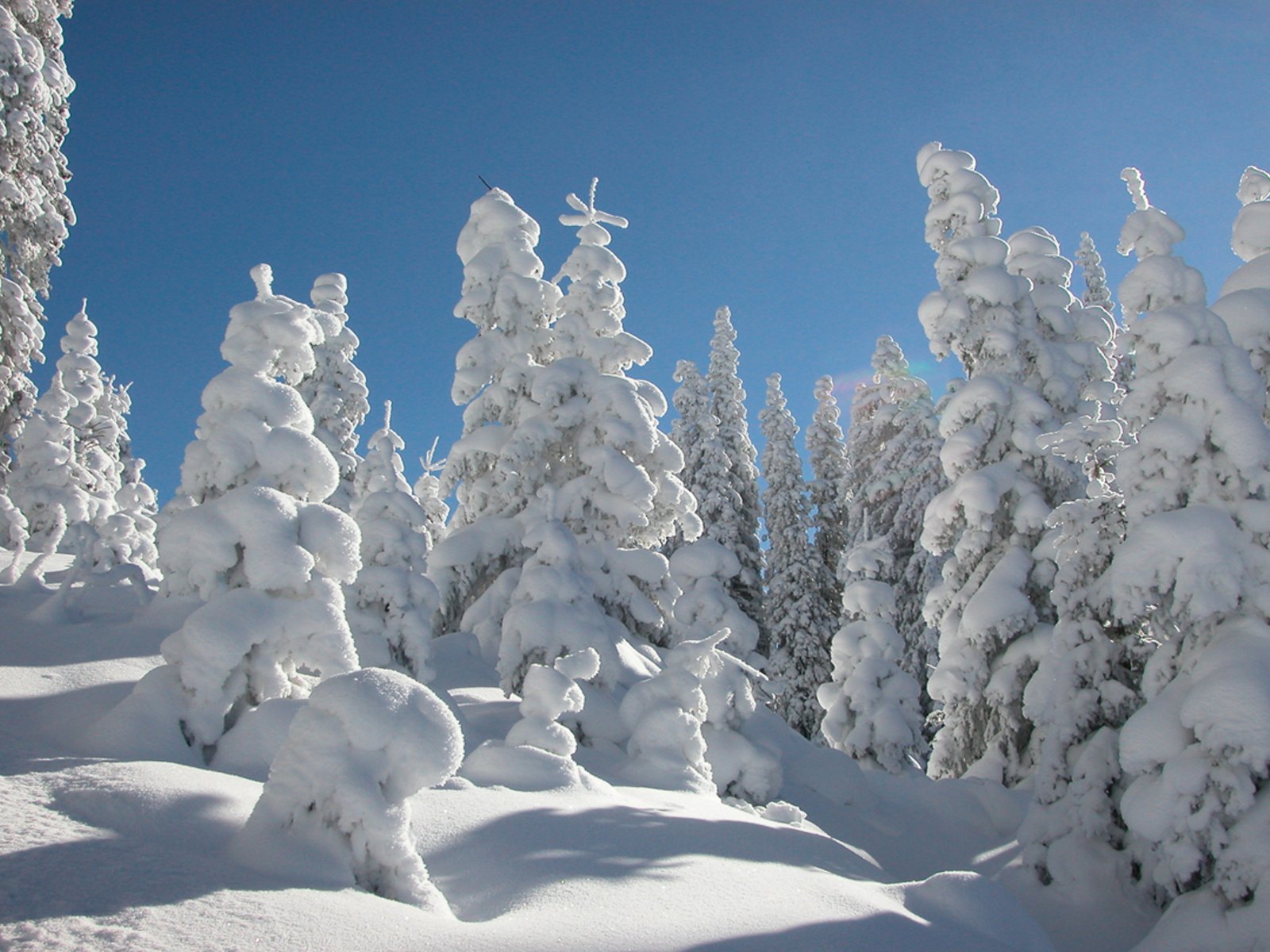

The known and yet unusual snow medium is explained by the Arlberg, as an example.
Karl Gabl, Meteorology Expert


The known and yet unusual snow medium is explained by the Arlberg, as an example.
Karl Gabl, Meteorology Expert
Arlberg Magazine, #1 – Winter 2013/14.
While enjoying deep powder turns down snow-covered slopes one rarely thinks about the actual wonder that is snow and its physics. A snowflake being a hexagonal star, (Dendrite), is assumed widespread because snow crystals are represented as that simple. Back in the 1600s, the already famous scientist, Johannes Kepler, wrote of the hexagonal symmetry of snowflakes in his work: “De Nive Sexangula”. His observations are the basis for what later became known as the Kepler conjecture. It doesn’t stop with Dendrites as there are numerous forms of snow crystals. Different shapes form depending on temperature and humidity contained in the air. The following applies: The more humid the air is in a cloud – compared to the saturation of an ice surface, which believe it or not can amount to 160 percent - the more complex the shape of a snow crystal can become. In addition, the appearance of a snow crystal depends on the speed of its growth rate.
The most extreme crystalline shapes form rapidly between temperatures of -13C and -16C, where thin ice plates, slender needles and hollow columns (prisms) form between temperatures of 0C and -8C, denser ice places generate themselves between temperatures of -10C and 20C, and of the rarest kind of snow crystals such as solid crystalline columns and various hollow prisms form in temperatures as low as -39C.
Combine ice plates and prisms and the results are capped columns. Spherical Graupel pellets means that there was an overabundance of water vapor contained in the air which is similar to the adjoining area of a summit cross where orginal deposited Dendrites can be found. But also those ice needles that glisten in the sun‘s reflection are hardly recognizable to the naked eye are in fact snow crystals. Large snow flakes are dispersed by turbulent winds and they float slowly to the ground as a result of their high air resistance at a speed of about 4km/h. For comparison: the thinner medium sized raindrops reach approximately 20km/h, Sleet with a diameter of 2 centimeters fall at 70km/h, and the larger bigger shaped can also reach speeds of 150 km/h.
The average diameter of snowflakes is 0,5 centimeters. The largest snowflake with a diameter of 38cm, if you believe the Guiness Book of Records, was measured as the largest formation of tiny crystals. Unheard by the human ear, snowflakes can generate a high-pitched tone as they collide with water at a frequency between 50 and 200 Kilohertz.
Fresh fallen snow, most of which are star-shaped crystals, are a skier’s greatest pleasure. As a snowcover builds up, snow crystals don´t maintain their original form. Snowflakes already during their fall get mechanically destroyed and transported. Hence the buildup of an unbeloved wind blown crust on the outer rim of groomed pistes that even experienced skiers find demanding. The greatest hazard for skiers, in addition to enormous amounts of fresh snow triggered slab avalanches, lurks deep underneath the snowcover: sugar snow layers or deep layers known as depth hoar. This is formed within a few days of heavy snowfall and very low temperatures. With a temperature gradient across the snow layer, the snow crystals metamorphis into larger snowflakes. These snow facets in the sugary layers develop very fragile bonds between the individual snow grains. The strength of these grains are diminished and the snowpack is destabilized. Often additional dangers can be attributed to wind blown crusts and continuous accumulation of snow.
A snowpack covered with millions of frost crystals glisten in the sun light. And surface frost crystals grow several centimeters in height. Especially large frost crystals can be found, after a longer period of fine weather, hiking along in Ferwall between Maroi Creek and Rasthaus Verwall. And hoar snow facets are found alongside the cross-country trail and shine like diamonds.
Snow is fluffy. Snow is heavy. Loosely-packed, fluffy, the yodeling kind of gorgeous powder snow is reached when its density is between 50 to 80 kg/m2, medium new snow at 100 kg/m2, and a prolonged snowpack between 250 and 200 kg/m2. These values can also be applied to snow loads on rooftops. One can easily measure out the snow load of a rooftop with every 10cm of height you have about 25 to 30 kg/m2. But what makes the Arlberg a sure thing for great snow conditions? From the Atlantic or the North Sea incoming moisture and pressure systems are forced through the Alps to rise. In Langen, on the west side of the mountain, has an annual snowfall of 9 meters and in St. Anton on the lee side of the Arlberg Pass almost another 5 meters of deposited snow. Between the Ulmerhuette and the Valluga Peak 12 meters of new snow is interpolated annually. From December until April it´s pure fun for Powderfreaks!